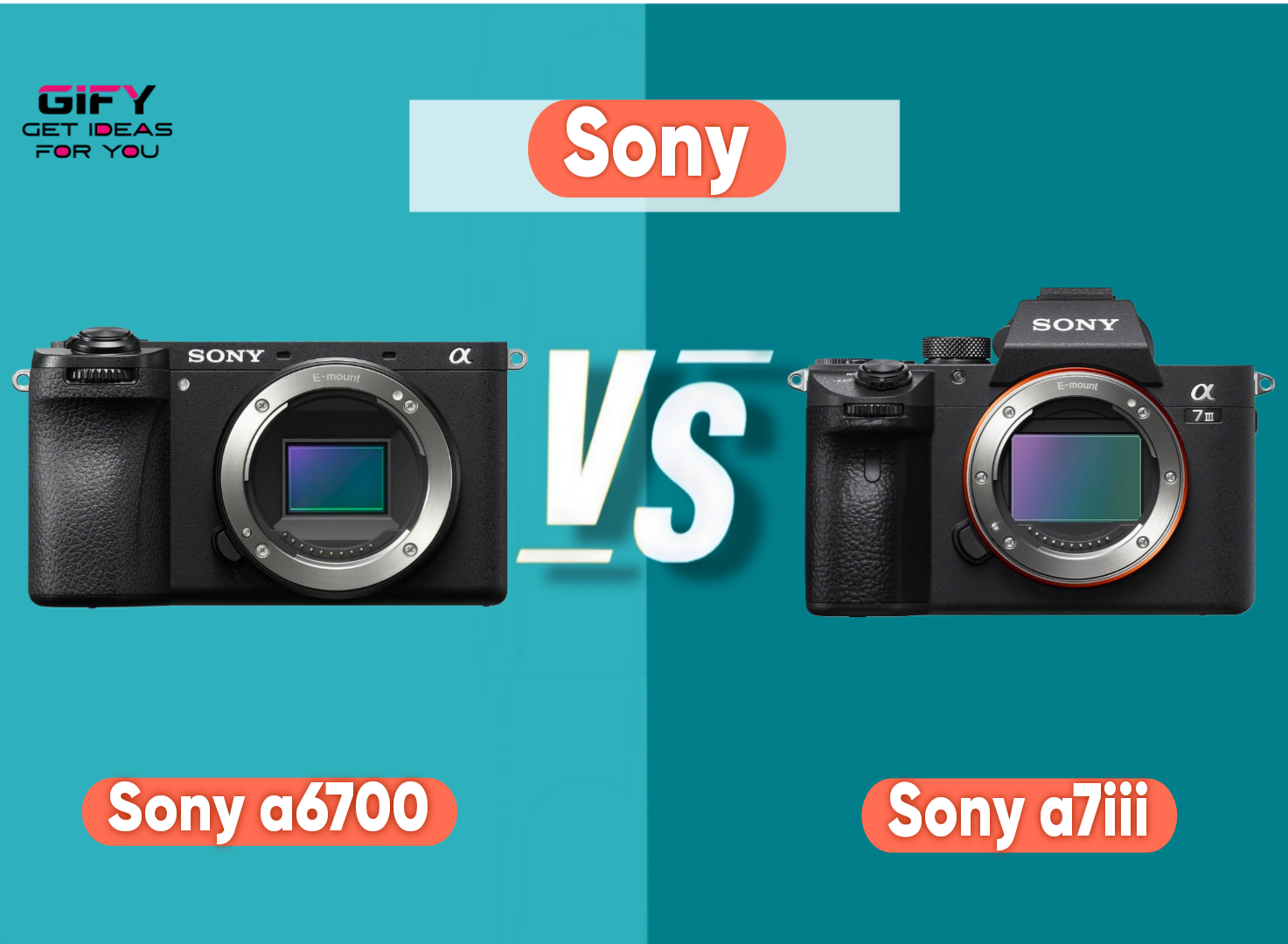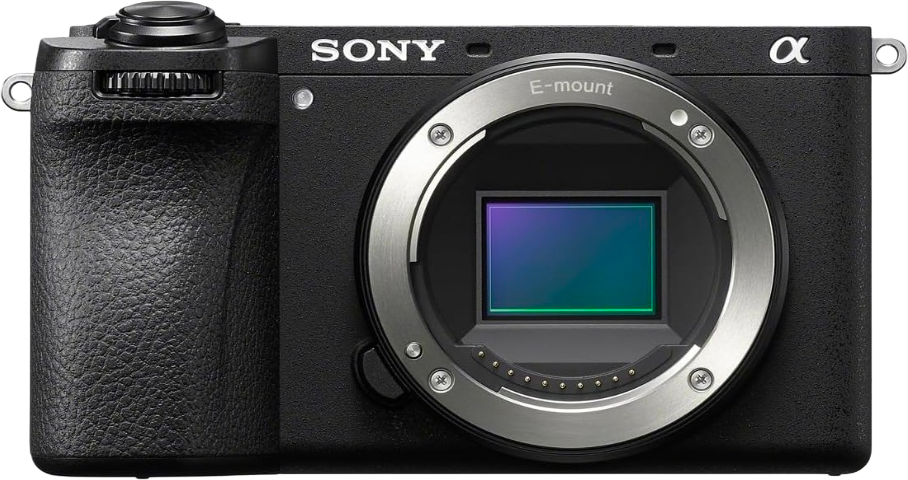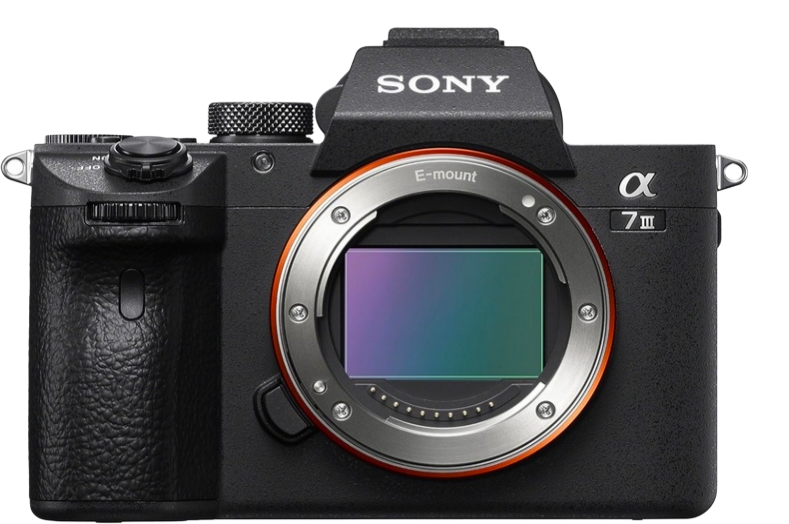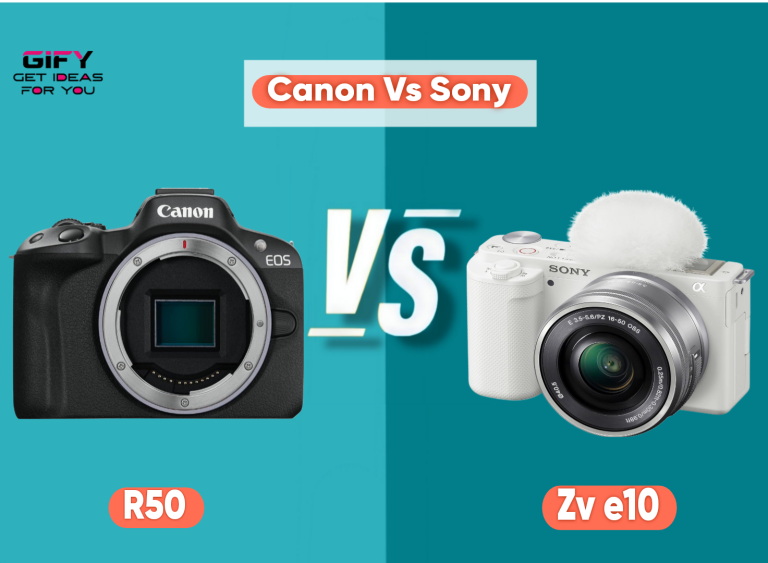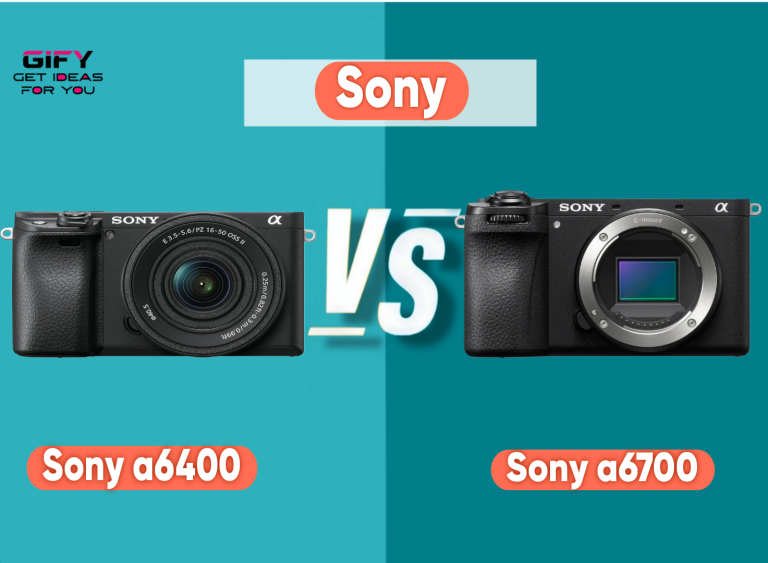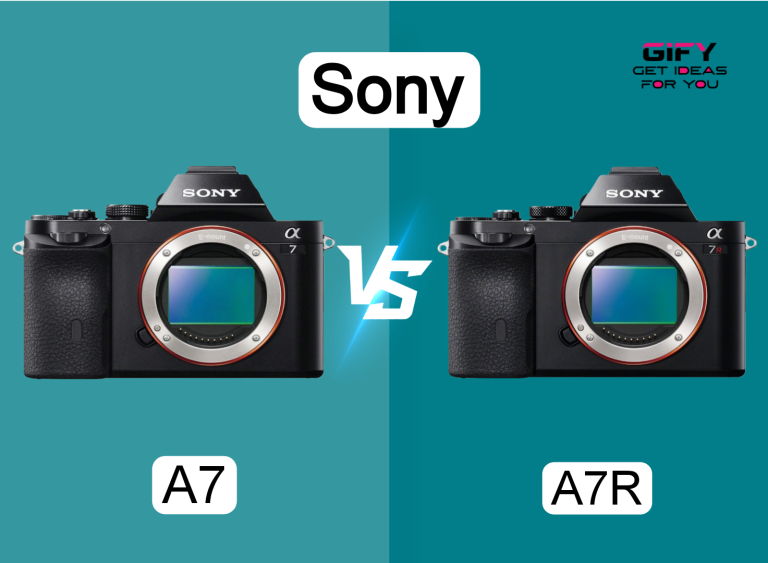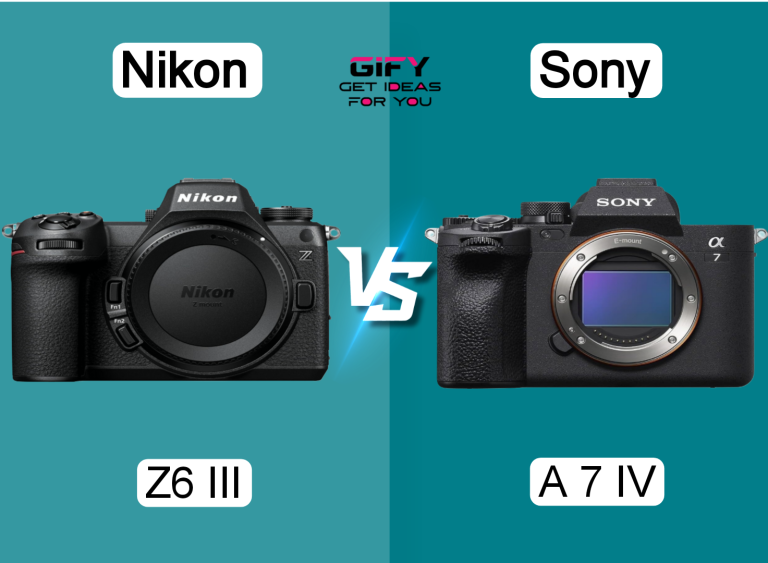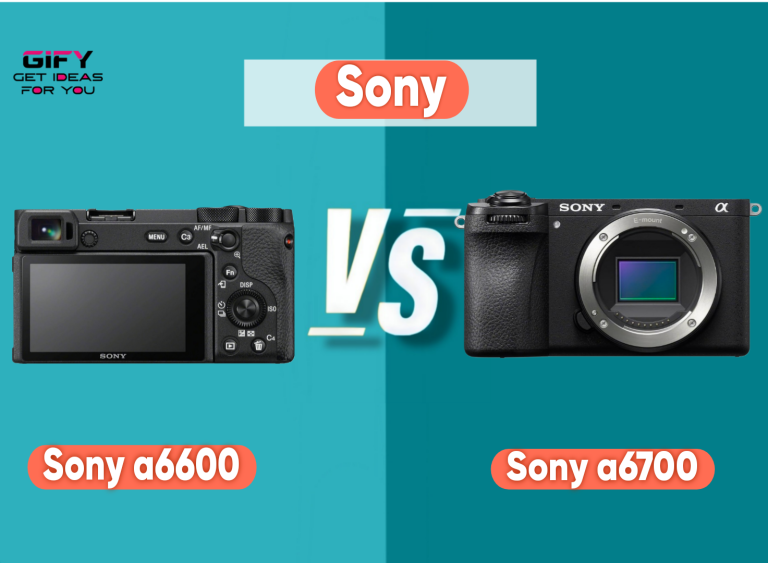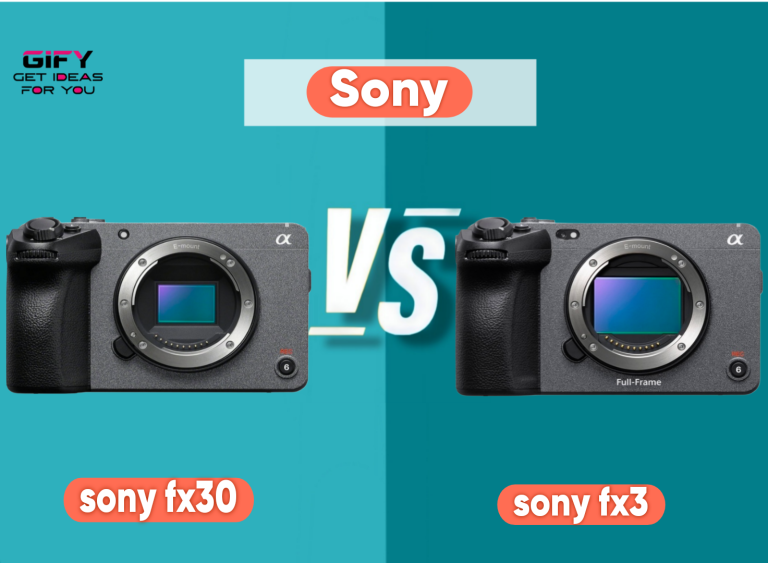**sony a6700 vs a7iii** debate often splits photographers into two camps. One leans toward the newer APS-C model with cutting-edge features. The other swears by full-frame versatility and proven performance.
Each has its strengths. Each appeals to a certain kind of shooter. In this full comparison, I’ll dig into sensor, processor, video, autofocus, screen, memory, low-light, body & ergonomics, and lens support. You’ll see where each camera shines—and where it falters. By the end, you’ll know which is the better pick for your style.
Let’s walk through full details, pros and cons, and real-world use. I’ll keep it accessible—no heavy jargon, just clear explanations. If you shoot portraits, travel, video, or events, you’ll find useful insight here. Let’s get started.
Sony A6700 : MirrorLess
Full Details
The Sony A6700 features a **26.0MP APS-C Exmor R back-illuminated CMOS sensor**. It couples with the **BIONZ XR** processor for strong image quality and low noise.
A dedicated **AI processor** and **real-time recognition** systems deliver smart subject tracking. On video, it shoots **4K/60p** via 6K oversampled 4:2:2 10-bit, using options like Long GOP or All Intra. It also supports **4K 120p** for high frame-rate recording.
What I Like
The **sensor + processor combo** delivers excellent detail and clean images even at higher ISOs. Real-time subject tracking using AI feels modern and effective. Video specs are aggressive—the ability to oversample 6K into 4K, plus 120p capture, gives extra flexibility. The body feels lightweight and nimble, perfect for hybrid shooters.
What Could Be Better
The APS-C sensor inherently limits low-light headroom compared to full frame. The lens ecosystem for APS-C is solid but narrower in some premium optics. Battery life is decent but not exceptional when pushing video modes nonstop. Also, while 4K 120p is great, it’s limited in duration and often requires careful heat and card management.
Overall Opinion
The A6700 positions itself as a high-end APS-C powerhouse. For creators who want advanced video, AI tracking, and compact gear, it’s a compelling pick. It isn’t perfect in extreme low light or full frame depth, but it delivers where many APS-C options fall short.
Sony A7III : Smart Camera
Full Details
The Sony A7III packs a **24.2MP BSI full-frame sensor** with 1.8× readout speed. It uses a 3:2 aspect ratio. You’ll find microphone and headphone jacks (3.5 mm) built in. Its dynamic range is rated at 15 stops, and the camera records 14-bit uncompressed RAW.
The ISO range spans 50 to 204,800. It offers up to **10fps** shooting (silent or mechanical), plus robust battery life: ~610 shots via the viewfinder or ~710 shots via LCD, and ~200 minutes of continuous video (viewfinder) or ~210 minutes (LCD). AF uses 693 phase-detection / 425 contrast points covering ~93% area. It includes Exmor R CMOS tech, supports Sony E-mount lenses, and pairs with Bluetooth-enabled phones.
What I Like
The full-frame sensor gives superior low light performance and dynamic range. The battery life is strong for both stills and video. The autofocus system’s coverage is impressive, especially for moving subjects. The lens ecosystem is very mature—many full frame E-mount lenses exist. Handling, balance, and the robust build add confidence for long shoots.
What Could Be Better
The video specs lag behind newer models (e.g. no 4K 120p). The processing pipeline is older; overheat or limitations may show in intense video tasks. It’s larger and heavier than APS-C options. It won’t have the AI subject tracking approach of newer cameras. For creators doing high frame-rate video, it’s behind the curve.
Overall Opinion
The A7III remains a workhorse full-frame camera with balanced features. It doesn’t push boundaries in video tech, but for photographers and hybrid shooters, it offers reliability, excellent image quality, and a strong ecosystem. It’s especially good if you already own full-frame lenses.
Common Features
Both cameras use the Sony E-mount, enabling lens sharing (with crop factors). Each supports modern AF systems (phase + contrast hybrid), in-body image stabilization (depending on lens or body), and robust build quality. They also support WiFi / Bluetooth pairing, USB charging, and external accessories (mic, battery grips). You’ll find similar menu systems, ergonomics, and Sony’s color science across both bodies. In real life, the user interface and controls feel consistent.
Head-to-Head Comparison
In real-world use, **sony a6700 vs a7iii** shows differences in nearly every dimension. The A7III’s full-frame sensor gives it a clear advantage in low-light and dynamic range. In scenes with deep shadows, you’re more likely to recover detail from the A7III. The A6700’s APS-C sensor loses ground here, especially above ISO 3200. But in good light, both deliver sharp, pleasing images.
When it comes to autofocus, the newer AI engine in the A6700 adds intelligence to subject detection. You’ll find more reliable tracking of animals, people, or vehicles in unpredictable motion. The A7III’s 693-point system is strong and proven, especially with stills, but it lacks the AI contextual awareness in newer models. That said, in many shooting conditions, the A7III’s autofocus remains dependable.
Video usage highlights big gaps. The A6700 supports modern, high-frame-rate capture (4K 120p) and 10-bit color. You’ll get more flexibility in post, slow motion, and color grading. The A7III can shoot solid 4K, but doesn’t offer the same headroom for cinematic workflows. If your priority is video, the A6700 pulls ahead.
Battery life favors the A7III for stills, especially on long photo days. You’ll squeeze more raw photo time out of it. In continuous video, both are usable, but the A7III edges ahead in endurance. If you plan long sessions, that advantage counts.
Ergonomics and handling vary. The A7III feels more substantial, with better grip and balance when paired with large lenses. The A6700 is lighter, more compact, ideal for travel and run-and-gun work. The trade-off is obvious: portability vs heft. In sustained handheld use, the lighter body wins for movement and comfort.
Lens selection tilts toward the A7III (full-frame). Many high-end, pro-grade lenses target full-frame E-mount. You may find fewer native premium lenses for APS-C, though adaptors help. If your lens library is already full-frame, the A7III gives you continuity.
In terms of real-world results, portraits and shallow depth-of-field often favor the A7III; its full-frame sensor gives smoother bokeh and subject separation. For everyday shooting, street, wildlife, or casual video, the A6700 holds its own—especially when video or speed matter. Over time, newer tech in the A6700 might feel more future-proof, but the A7III remains a reliable all-around workhorse with a mature ecosystem. Your decision should hinge on priorities: low-light image quality and lens flexibility (A7III) or advanced video, AI tracking, and compact form (A6700).
Related Articles
(1) Sony A6600 vs A6700: Ultimate Comparison for — Features, Autofocus & Video Showdown
FAQs : Sony a6700 vs a7iii
Q: Which camera is better in low light?
A: The A7III’s full-frame sensor handles noise better at high ISO. It captures cleaner images in dim settings.
Q: Which offers better video capabilities?
A: The A6700 supports higher frame rates, 10-bit color, and more modern codecs. It is more future-minded for video users.
Q: Can I use full-frame lenses on the A6700?
A: Yes. Full-frame E-mount lenses are compatible; they will operate in APS-C (crop) mode on the A6700.
Q: Is battery life much different?
A: Yes. The A7III generally yields better stills endurance. In video, the gap narrows but the A7III remains solid for long sessions.
Q: Which is lighter and more travel-friendly?
A: The A6700 is lighter and more compact. It’s easier for handheld, travel, or vlogging use.
Conclusion
Choosing between **sony a6700 vs a7iii** boils down to priorities. If you value modern video, AI subject tracking, and compactness, the A6700 delivers compelling advantages. If you prize low-light performance, lens options, and longevity for photography, the A7III remains a proven favorite. Either camera can serve you well. Use the strengths you care about most.

